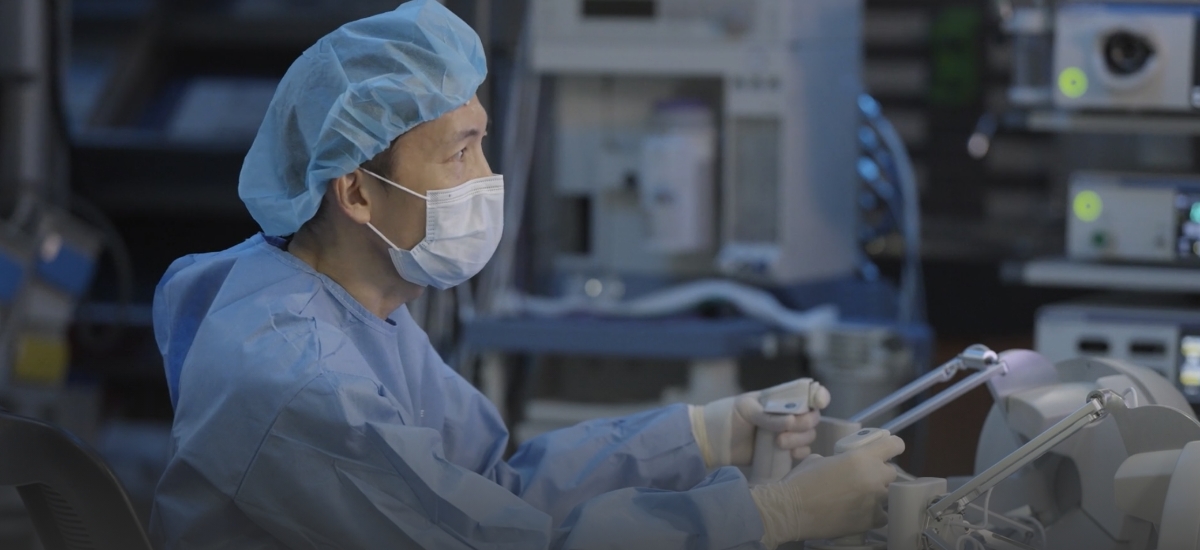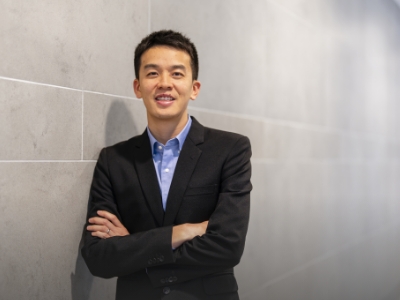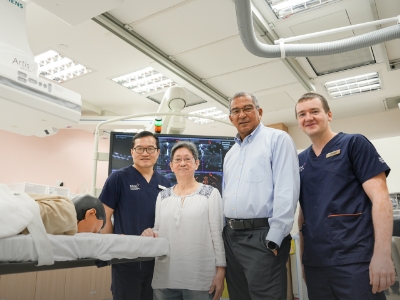Published on 30 November 2023
With a design inspired by a crustacean, EndoMaster is a pioneering robotic endoscopic operating system that can improve your surgical outcomes.
In Singapore, stomach cancer – or gastric cancer – ranks fourth for men and fifth for women in cancer-related deaths, claiming around 500 lives annually.
Such cancers are typically diagnosed through an endoscopy, where a doctor uses an endoscope (a flexible tube with a miniature camera attached to the end) to examine the stomach. If necessary, the doctor can retrieve a small tissue sample (biopsy) using the device.
While endoscopy is typically performed for diagnostic purposes, a robot-assisted operating system can effectively remove gastro-intestinal tumours endoscopically without the need for surgical incisions too. Called the EndoMaster, it was co-invented by clinician innovator Prof Lawrence Ho from the National University Hospital (NUH).
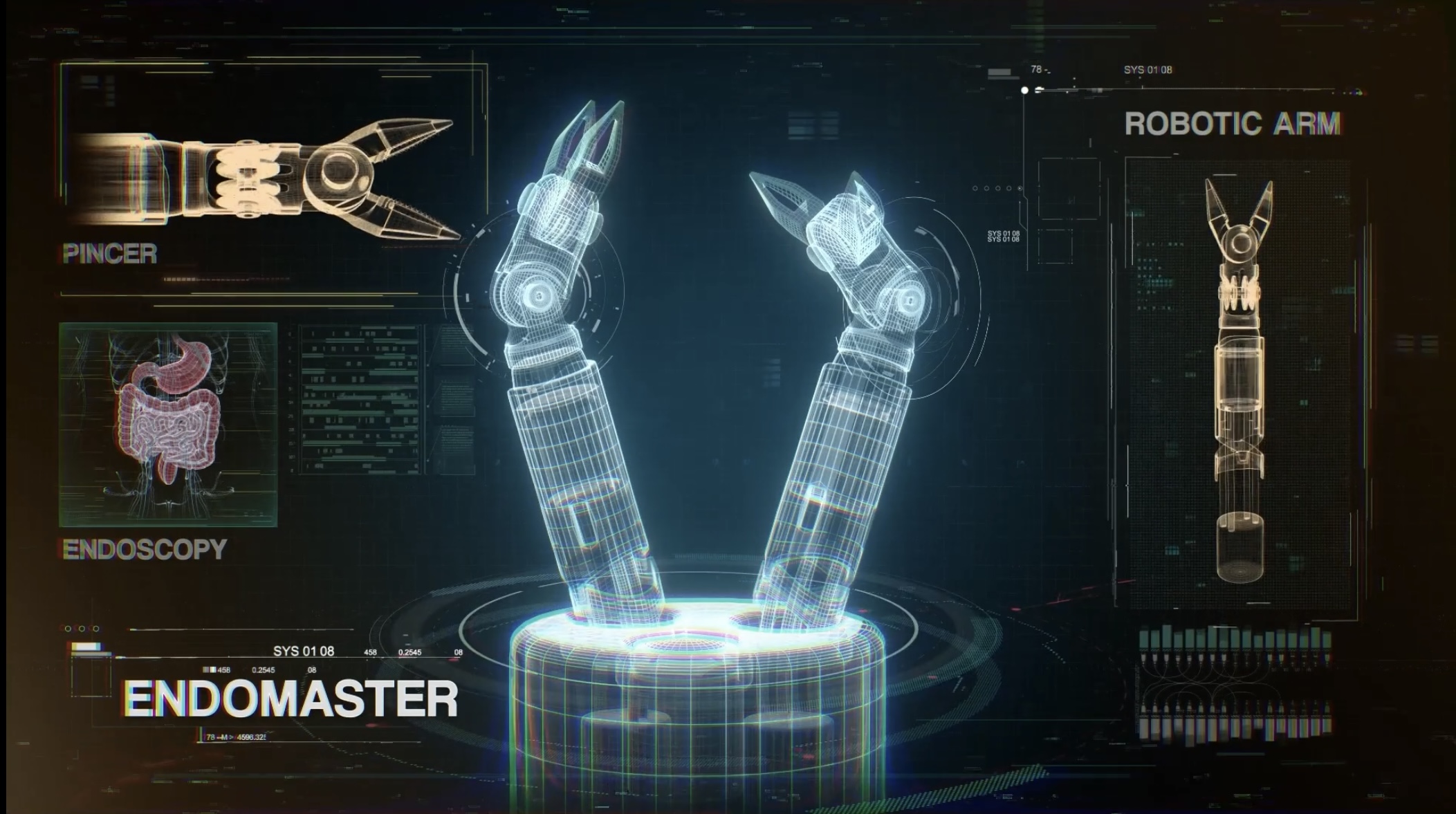
1. The EndoMaster was conceived over a chilli crab meal
Over a meal at a seafood restaurant, the researchers had an “eureka” moment when they observed the crab pincers in their chilli crab dish. A crab’s pincers are nimble and dexterous, allowing it to pick up sand and small particles, while being strong enough to hold firmly onto an object.
Similarly, in what is akin to biomimicry (nature-inspired design), the EndoMaster has miniature pincer- and hook-like arms attached to an endoscope that enters the stomach through the body’s natural orifices, such as the mouth. The endoscope has a tiny camera attached to it, which allows a surgeon to see inside the stomach. The robotic arms — 6mm in diameter — are controlled using a joystick, which manipulates the pincer to hold up cancerous tissue and the hook to slice.
2. It is minimally invasive, facilitating quicker recovery
As the endoscope enters the body through the natural orifice, there is no need to create another entry point. Because there’s no surgical incision to heal from, recovery is likely faster for the patient, along with a lower risk of infection. There will also not be any external scarring.
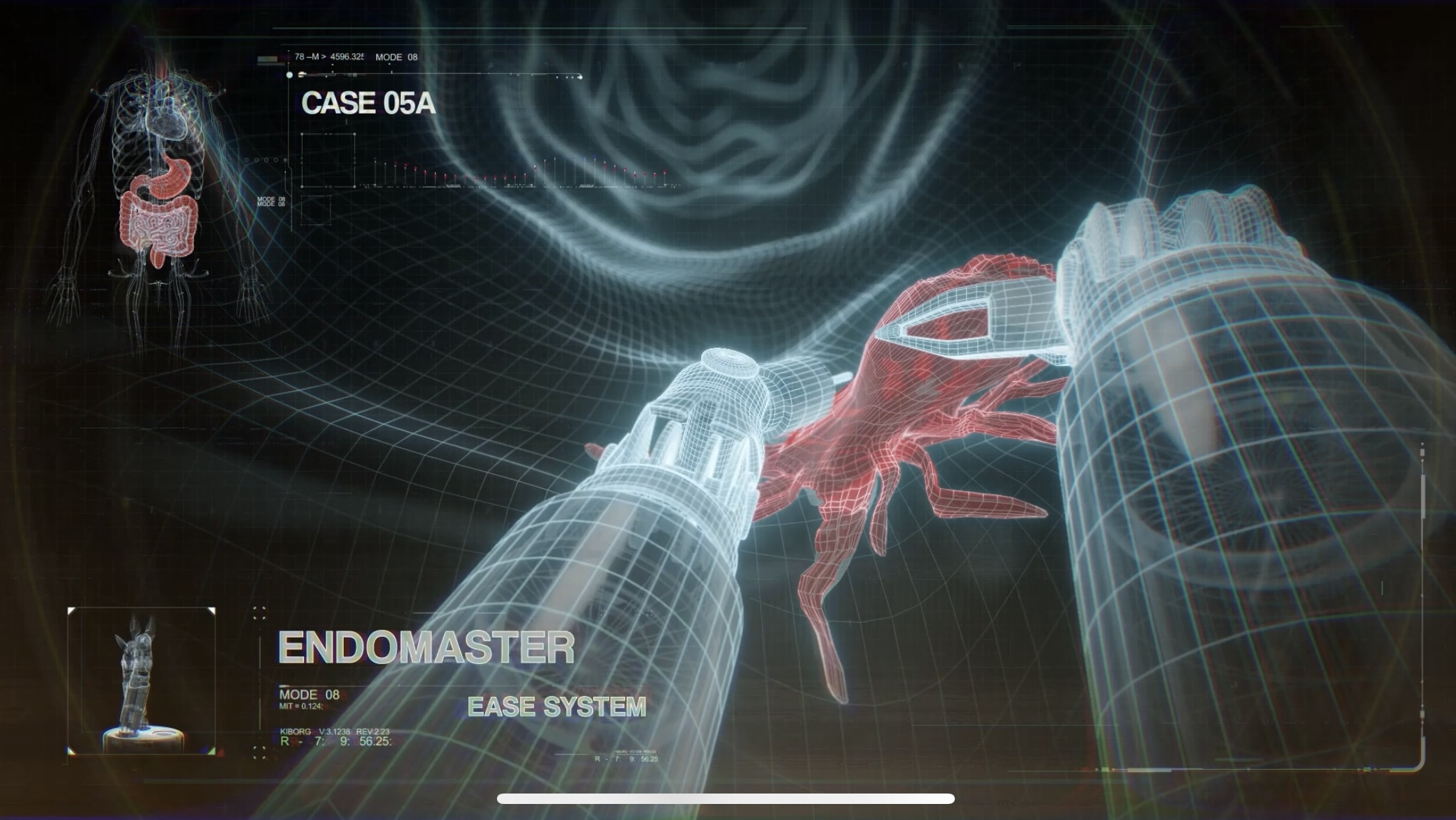
3. It offers precision beyond human capabilities
Surgeons’ hands are sure and steady but human movement tends to be large, compared to robots such as the EndoMaster, which can execute very fine and complex movements without trembling.
4. It addresses limitations in traditional endoscopy
In traditional endoscopy — which is widely used for diagnostic and therapeutic purposes — only one endoscopic arm is present as there is a limited area for it to be manipulated within a patient’s natural orifice. In the EndoMaster, there are two microscopic robotic accessories in one endoscopic arm, allowing for a wider range of manipulations that are more precise.
5. It has been harnessed to perform successful surgeries
In a significant trial phase in Hong Kong two years ago, 43 patients were successfully operated on using the EndoMaster. Surgeons performed a colorectal endoscopic submucosal dissection (ESD) — a procedure used to remove abnormal growths or tumours from the lining of the colon or rectum — using the system. There was no case of internal perforation among the patients, who were able to resume a normal diet and were discharged one or two days after the procedure.
6. In yet another groundbreaking move, researchers are now testing the EndoMaster for suturing
Currently still under early-stage testing and development, the suturing capability of the EndoMaster is made possible because there are two arms. “This is a new procedure… Before this development in robotic endoscopy, we could not do suturing as it involves two arms. In the future, we will be able to close the wound after resection,” Prof Ho explained.
7. Surgery using EndoMaster is offered in NUH under research settings
Suitable patients who qualify for robotic endoscopic surgery include those who have early-stage stomach cancer or colon cancer and have been identified as best cases for the ESD procedure. As the robot has shown significant success and promise in trials but is not yet commercially available, it can be offered at NUH under a research setting.
In consultation with Prof Lawrence Ho, Senior Consultant, Division of Gastroenterology & Hepatology, Department of Medicine, NUH.

